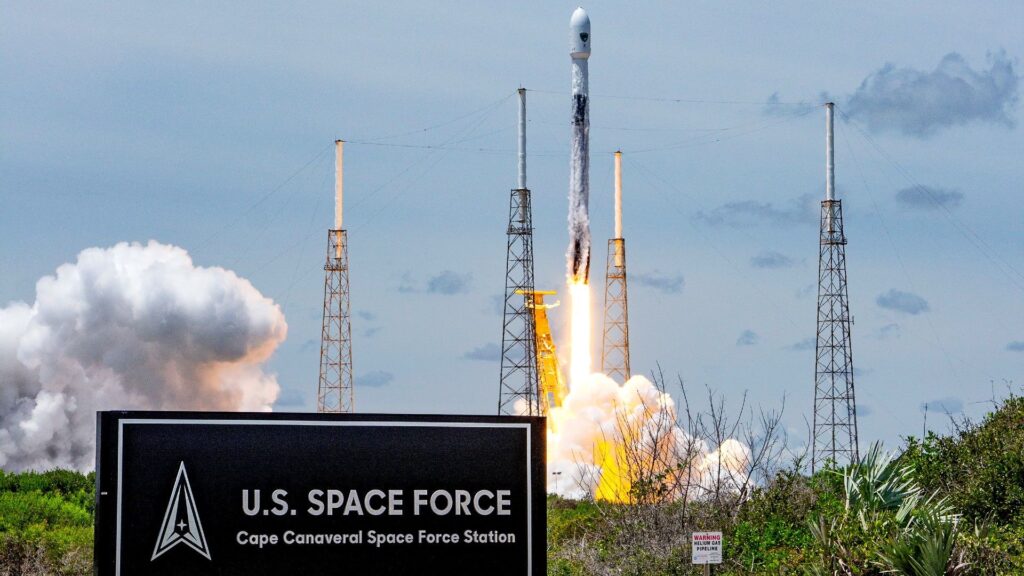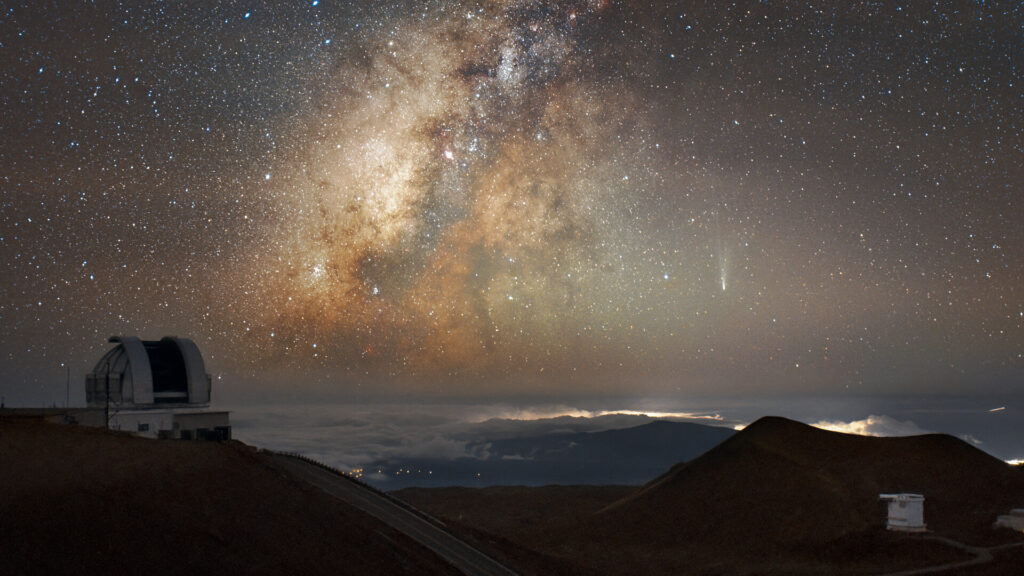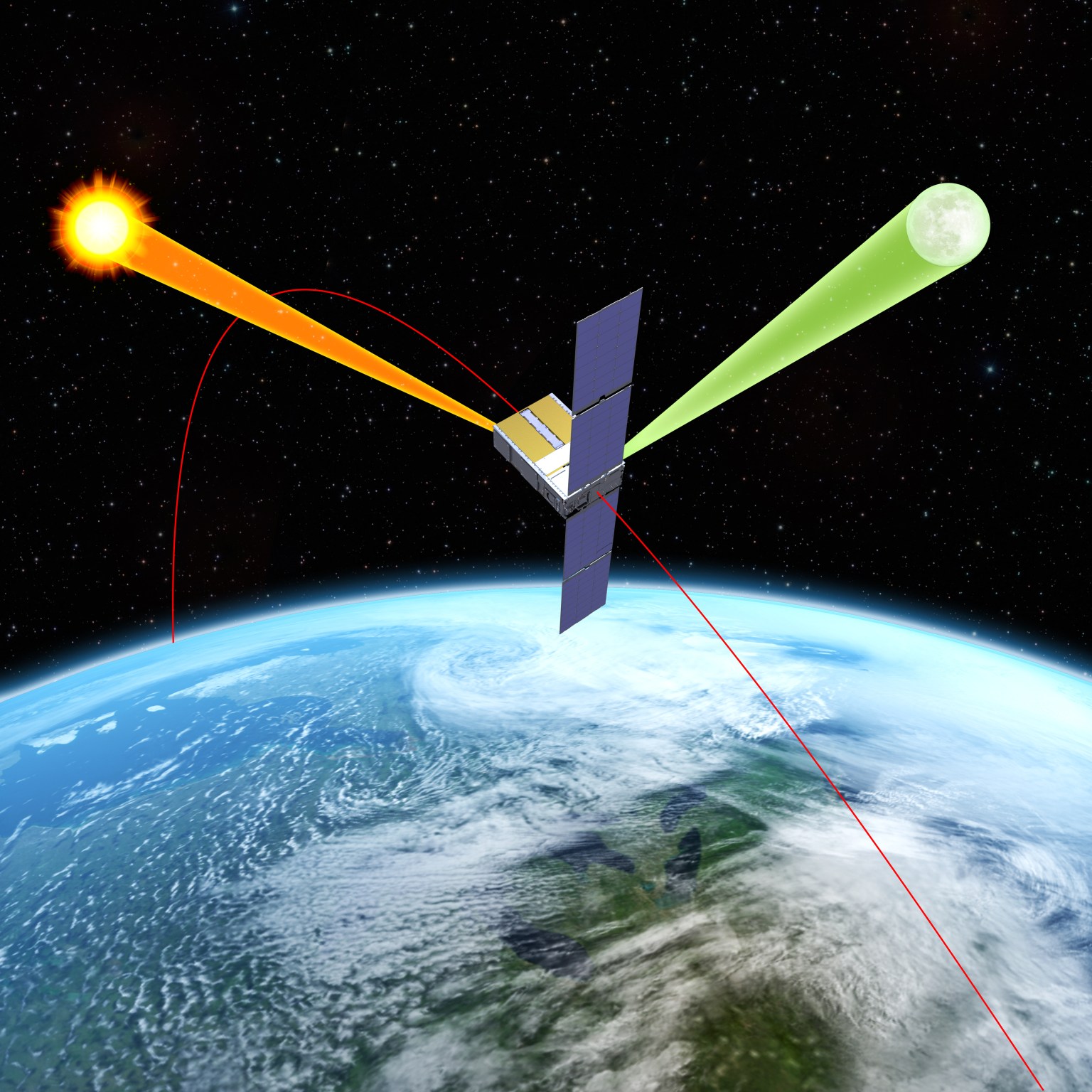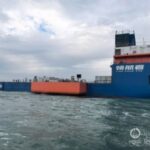Now Reading: NASA moon orbiter spies grave of crashed Japanese lunar lander (image)
-
01
NASA moon orbiter spies grave of crashed Japanese lunar lander (image)
NASA moon orbiter spies grave of crashed Japanese lunar lander (image)

NASA’s Lunar Reconnaissance Orbiter (LRO) has imaged the crash site of Resilience, a moon lander built and operated by the Tokyo-based company ispace.
Resilience tried to touch down on June 5 in the center of Mare Frigoris (Sea of Cold), a volcanic region interspersed with large-scale faults known as wrinkle ridges.
Mare Frigoris formed over 3.5 billion years ago as massive basalt eruptions flooded low-lying terrain, according to Mark Robinson, a lunar scientist for the company Intuitive Machines who is based in Phoenix, Arizona. Later, the wrinkle ridges formed as the crust buckled under the weight of the heavy basalt deposits.
Lost on landing
Shortly after Resilience’s landing sequence, the ispace Mission Control Center was unable to establish communications with the spacecraft. The team determined that Resilience had likely been lost, a conclusion that was firmed up a few hours later.
Also lost on landing was the Tenacious microrover, a small wheeled vehicle developed in Luxembourg by ispace’s European subsidiary. Tenacious carried a piece of artwork on its front bumper — Mikael Genberg’s “Moonhouse,” a small replica of the red-and-white homes famous in Sweden.

Related stories:
Dark smudge
Resilience left some telltale marks when it slammed into the moon on June 5, and LRO noticed them.
“The dark smudge formed as the vehicle excavated and redistributed shallow regolith (soil); the faint bright halo resulted from low-angle regolith particles scouring the delicate surface,” Robinson, the principal investigator for the Lunar Reconnaissance Orbiter Camera, told Inside Outer Space.
The crash spot is roughly 1.5 miles (2.4 kilometers) from the landing site that ispace mapped out, to one decimal place, on its webpage. One decimal place in lunar latitude and longitude equals 19 miles (30 km), Robinson said.
Resilience was ispace’s second moon lander. The company’s first such probe also crashed during its touchdown try, in April 2023.
Scott Manley has more details on the Resilience crash; check out his video here.
Stay Informed With the Latest & Most Important News
Previous Post
Next Post
-
 012024 in Review: Highlights from NASA in Silicon Valley
012024 in Review: Highlights from NASA in Silicon Valley -
 02Panasonic Leica Summilux DG 15mm f/1.7 ASPH review
02Panasonic Leica Summilux DG 15mm f/1.7 ASPH review -
 03From Polymerization-Enabled Folding and Assembly to Chemical Evolution: Key Processes for Emergence of Functional Polymers in the Origin of Life
03From Polymerization-Enabled Folding and Assembly to Chemical Evolution: Key Processes for Emergence of Functional Polymers in the Origin of Life -
 04How New NASA, India Earth Satellite NISAR Will See Earth
04How New NASA, India Earth Satellite NISAR Will See Earth -
 05And Thus Begins A New Year For Life On Earth
05And Thus Begins A New Year For Life On Earth -
 06Astronomy Activation Ambassadors: A New Era
06Astronomy Activation Ambassadors: A New Era -
07SpaceX launch surge helps set new global launch record in 2024




















